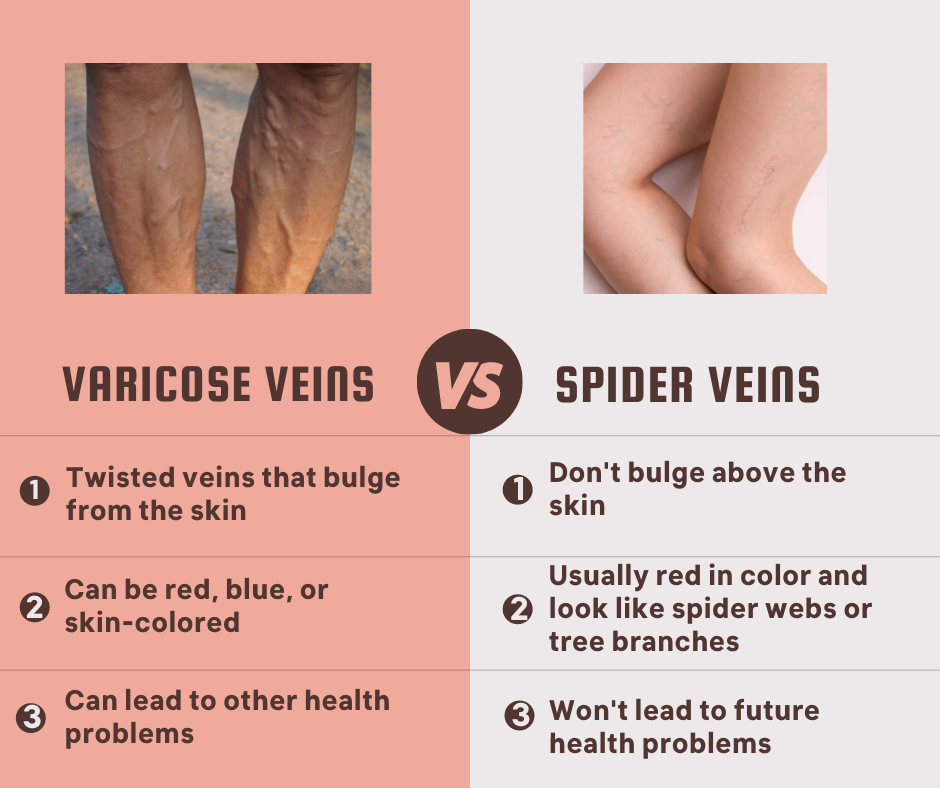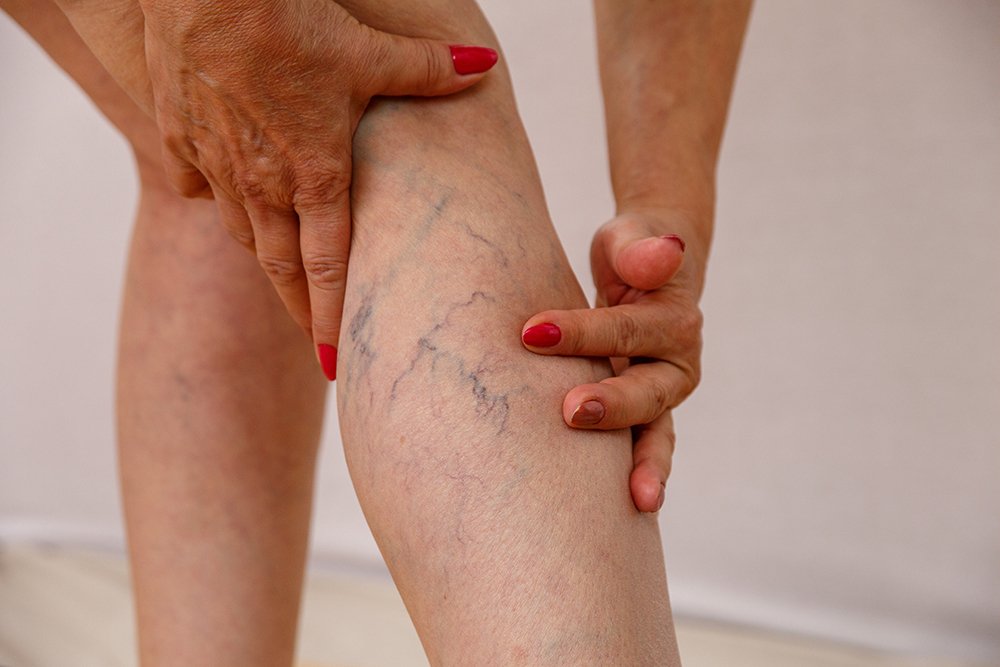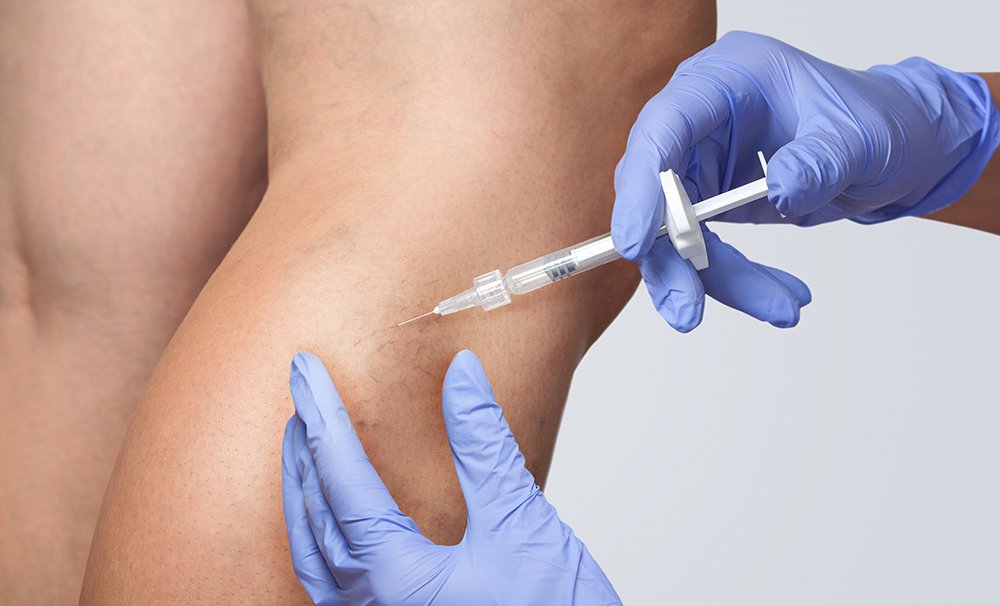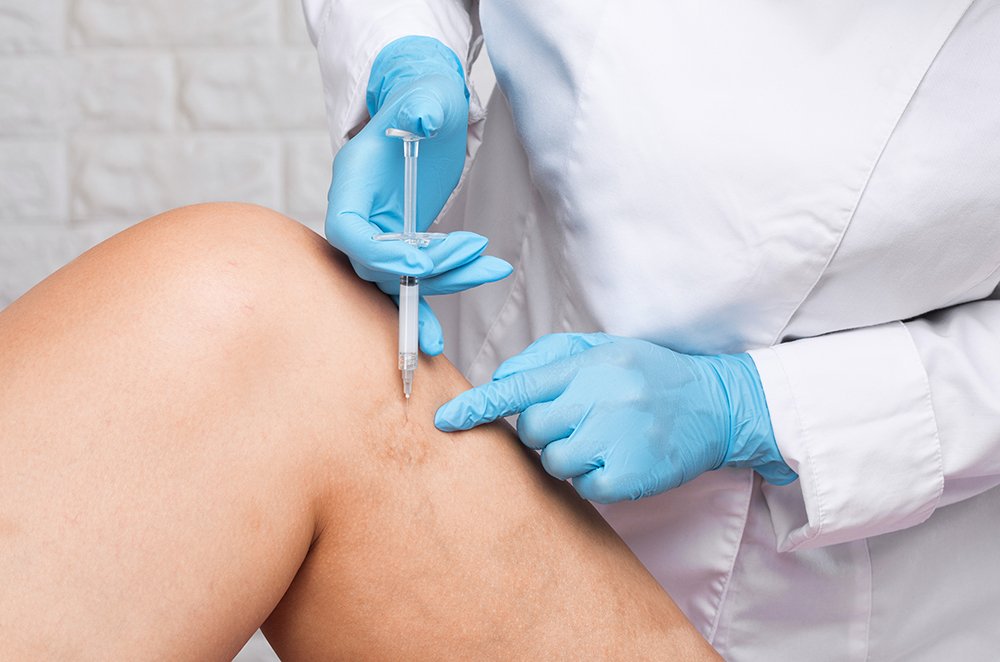What's the difference between varicose veins and spider veins?
Varicose veins and spider veins are both types of venous disorders, but they differ in appearance, size, and severity. Varicose veins are larger, raised, and often have a twisted or bulging appearance; they might cause discomfort and are typically seen on the legs. Spider veins, on the other hand, are smaller and closer to the surface of the skin, appearing as thin, web-like networks of blue or red veins. They are usually not painful and can be found on both the legs and the face.
Varicose veins can lead to other health problems, while spider veins do not
Varicose veins, which are twisted and enlarged veins commonly found in the legs, can lead to more serious health problems if left untreated.
One potential issue that can arise is the development of blood clots. When blood flow is restricted due to varicose veins, it can increase the risk of a blood clot forming in the affected area.
In addition, varicose veins may also signal an underlying circulation issue, which can lead to more serious conditions such as chronic venous insufficiency. In essence, it is a condition where the veins in the legs struggle to properly return blood to the heart. This can lead to uncomfortable symptoms such as swelling, varicose veins, and even skin ulcers.
Varicose veins look different than spider veins
Spider veins are blue/red and small
Spider veins, characterized by their blue or red color, are small and thin veins that are visible on the surface of the skin. While they can appear anywhere on the body, they are commonly found on the legs and face. These veins are generally harmless and pose no significant health risks.
Varicose veins are larger and twisted
Varicose veins, also known as varicosities, are larger and bulging veins that predominantly develop on the legs. They often result from the malfunctioning of valves within the veins, leading to increased pressure and the subsequent enlargement of the affected veins. This condition can cause discomfort, pain, and in some cases, severe complications such as skin ulcers and blood clots. It is important to seek medical attention and explore treatment options to alleviate symptoms and prevent potential complications associated with varicose veins.
The risk factors for developing both conditions are similar, however.
Risk factors of spider veins
These factors include the following:
Genetics play a significant role in the development of spider veins, which are dilated blood vessels near the skin's surface. Certain genetic factors can increase the risk of developing these unsightly veins, making it important to understand and address this potential risk.
Pregnancy Increased risk of spider veins can occur due to hormonal changes and increased blood volume during pregnancy. Staying active, elevating the legs, and wearing compression stockings can help reduce and manage spider veins during pregnancy.
Lack of physical activity is one of the risk factors associated with spider veins. When we lead a sedentary lifestyle and don't engage in regular exercise, it can contribute to poor circulation and increase the likelihood of developing spider veins.
Standing or sitting for extended periods of time can contribute to the development of spider veins. These risk factors can put increased pressure on the veins, leading to weakened vein walls and impaired blood flow. It is important to be mindful of these factors and take breaks, stretch, and move around regularly to promote healthy circulation and reduce the risk of spider veins.
Obesity, excessive body weight, increases the risk of developing spider veins. Spider veins are small, dilated blood vessels near the skin's surface. The extra weight from obesity puts pressure on the veins, causing them to enlarge and form spider veins. Maintaining a healthy weight through exercise and a balanced diet can help reduce the risk of developing spider veins associated with obesity.
Risk factors of varicose veins
Many risk factors can increase your chances of developing varicose veins. These factors include the following:
Older age is a risk factor for spider veins, which are small, visible blood vessels that appear close to the skin's surface. As we age, the veins can weaken and lose elasticity, making them more prone to becoming enlarged and visible.
Being a woman can increase the risk of developing spider veins. These clusters of tiny blood vessels that appear near the surface of the skin can be influenced by factors such as hormonal changes, pregnancy, genetics, and prolonged periods of standing or sitting. It is important for women to be aware of these risk factors and take preventive measures to maintain healthy veins.
Having a family history of varicose veins increases the risk of developing spider veins.
Obesity and a sedentary lifestyle are risk factors associated with the development of spider veins.
Treatment for spider veins and varicose veins can be different
Treatment for spider veins is typically sclerotherapy
Treatment for spider veins usually involves a relatively straightforward and commonly used procedure known as sclerotherapy. During this procedure, a specialized solution is injected into the affected veins, causing them to shrink and fade away over time. Sclerotherapy is considered an effective and minimally invasive treatment option, offering noticeable results and improved appearance. It is often recommended by healthcare professionals as a safe and reliable method for addressing spider veins. To learn more about sclerotherapy, you can watch this informative video here.
Treatment for varicose veins is typically Varithena®
The Varithena procedure is a minimally invasive treatment that involves the injection of a specialized medical foam directly into the affected veins. This innovative foam causes the veins to close, redirecting blood flow to healthier veins and improving circulation. By precisely targeting the problem areas, Varithena offers a precise and effective solution for individuals suffering from vein-related conditions.
Ways to prevent both conditions are similar
Lifestyle changes to prevent varicose veins and spider veins
Lifestyle
Exercise
Healthy diet
Avoiding prolonged sitting or standing
When to seek medical attention
Importance of regular check-ups





